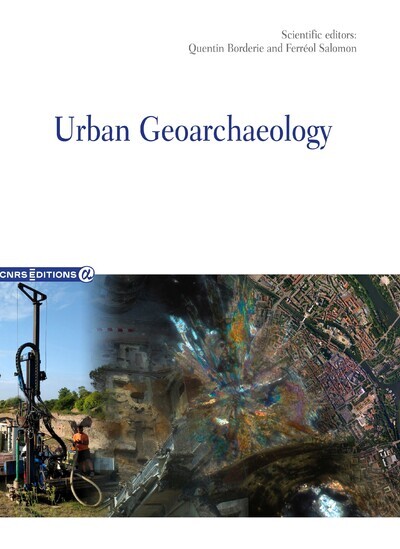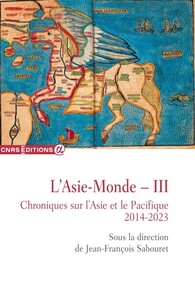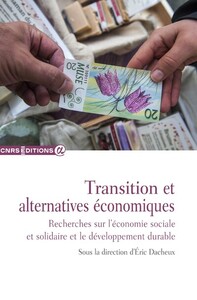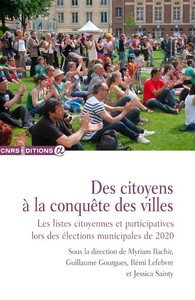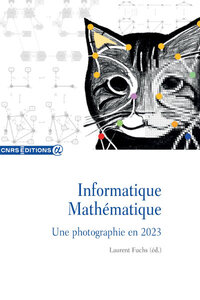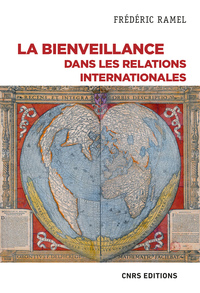Nous utilisons des cookies pour améliorer votre expérience. Pour nous conformer à la nouvelle directive sur la vie privée, nous devons demander votre consentement à l’utilisation de ces cookies. En savoir plus.
Urban Geoarchaeology
EAN : 9782271149299
Paru le : 17 déc. 2024
-
 Livraison gratuite
Livraison gratuite
en France sans minimum
de commande -
 Manquants maintenus
Manquants maintenus
en commande
automatiquement -
 Un interlocuteur
Un interlocuteur
unique pour toutes
vos commandes -
 Toutes les licences
Toutes les licences
numériques du marché
au tarif éditeur -
 Assistance téléphonique
Assistance téléphonique
personalisée sur le
numérique -
 Service client
Service client
Du Lundi au vendredi
de 9h à 18h
- EAN13 : 9782271149299
- Réf. éditeur : 1046527
- Collection : ALPHA
- Editeur : CNRS Editions
- Date Parution : 17 déc. 2024
- Disponibilite : Disponible
- Nombre de pages : 456
- Format : H:262 mm L:192 mm E:27 mm
- Poids : 1.325kg
-
Résumé :
The global spread of urbanisation is having a profound impact on environments, climates and social lives. This gives rise to questions about the sustainability of urban areas, the management of soils and sediments and the socio- environmental construction of spaces. Archaeological investigations show that societies produced a wide variety of different urban forms throughout millennia and across continents. By focusing on human-environment interactions through the study of soils and sediments, geoarchaeological research provides new insights into the different ways of making and living in a city in the long term.
With twenty four contributions written by researchers from all over the world, Urban Geoarchaeology expands our knowledge of human-environment interactions and ancient urban lifestyles. This volume brings together substantial and comprehensive elements to understand past urban systems, using new interdisciplinary approaches, case studies of broad interest, and innovative techniques to answer historical questions. It shows how geoarchaeologists are producing and discussing new data on the transformation of landscapes through urbanisation. Processes of urban stratification over time are also better understood. The construction of urban spaces can be analysed from the large scale of the urban systems to the microscale of the soil formation, revealing ancient activities and lifestyles. Finally, Urban Geoarchaeology helps to connect the past, the present and the future of our cities.

